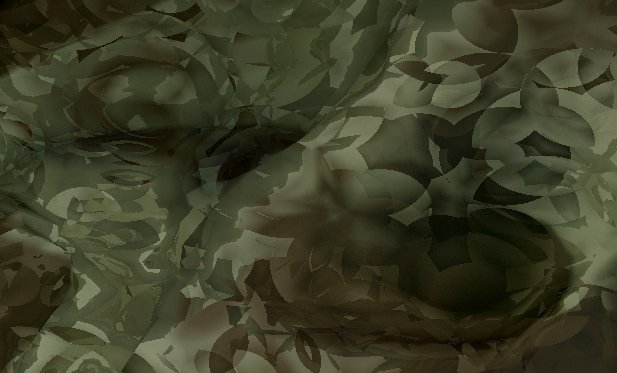the eyes of tomorrow
blender / gimp
(click thumbnail to view full image)
c & c welcome
cheers,
b01c
the eyes of tomorrow
blender / gimp
(click thumbnail to view full image)
c & c welcome
cheers,
b01c
i love it.
very nice,
love the colours
What is it?
Nice color contrast, still dont know what it is though.
SirMikey
nehpets: thanks :).
Dwarfose: thank you.
SirMikey: the question that I ask myself is not what is it, but what could it be?
I’m considering doing another piece in this style, perhaps two more–the eyes of yesterday, and the eyes of today.
Cheers,
b01c
Always love your style and interpretations of life.
Beautiful.
BgDM
Is that 3D??? How did you do it?
Nice job.
Great!  Weird, but great.
Weird, but great.
BgDM: Thank you. That is a very meaningful thing to say.
.:Tr@ceR:.: As with almost all of my work, there is a lot of post-processing involved. I’ll post the original render later, and you can see the progression from the raw render to the finished piece.
Roffey: Thanks :).
Cheers,
b01c
Finally had time for a bit of explanation re: Tr@cer’s question.
I rendered the original render at 3072 x 2304, and did all (or almost all) of the post-processing at this resolution. Once I was almost completely finished with the image I rescaled it to 1024 x 768.
The detailed shapes were done with multiple procedural textures set to “win” coordinates, and mapped to “nor” and probably a few other things like “col” and maybe “spec” (I don’t remember offhand). Using these textures, lighting can create interesting 2D/3D type effects, because the light affects the geometry that the texture of mapped to, but the texture itself is mapped to the window coordinates. In other words, as the lighting affects the model, so does it affect the texture, but the actual orientation of the shapes generated by the texture are two-dimensional, because the shape of the texture is mapped to the window coordinates, not “orco” coordinates.
Getting from the raw render to the finished piece is a matter of a lot of post processing in GIMP. I don’t recall the specific process I used for this piece, but I think I ended up with about six or seven different layers. For what it’s worth, I use a lot of “overlayed” and “screened” and “hard lit” layers in my post processing. These layers are usually processed in different ways, which include blurring and adding noise, and using gimppressionist, among other things.
Hope that helps. Feel free to throw questions my way. Maybe I can resize my post-file to 200x300 or somethign like that and post it here, if anyone is interested (I just don’t know how to post the post-processing file without it being huge, but it still being useful).
Cheers,
b01c
